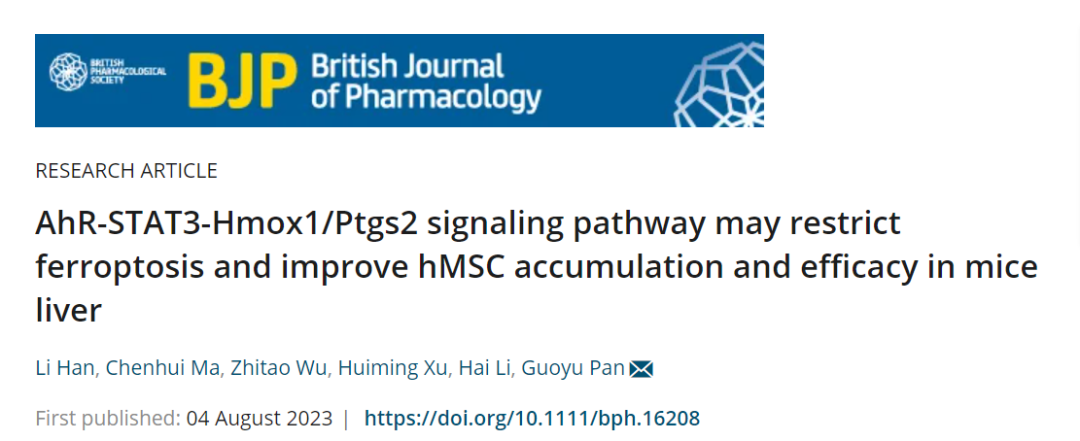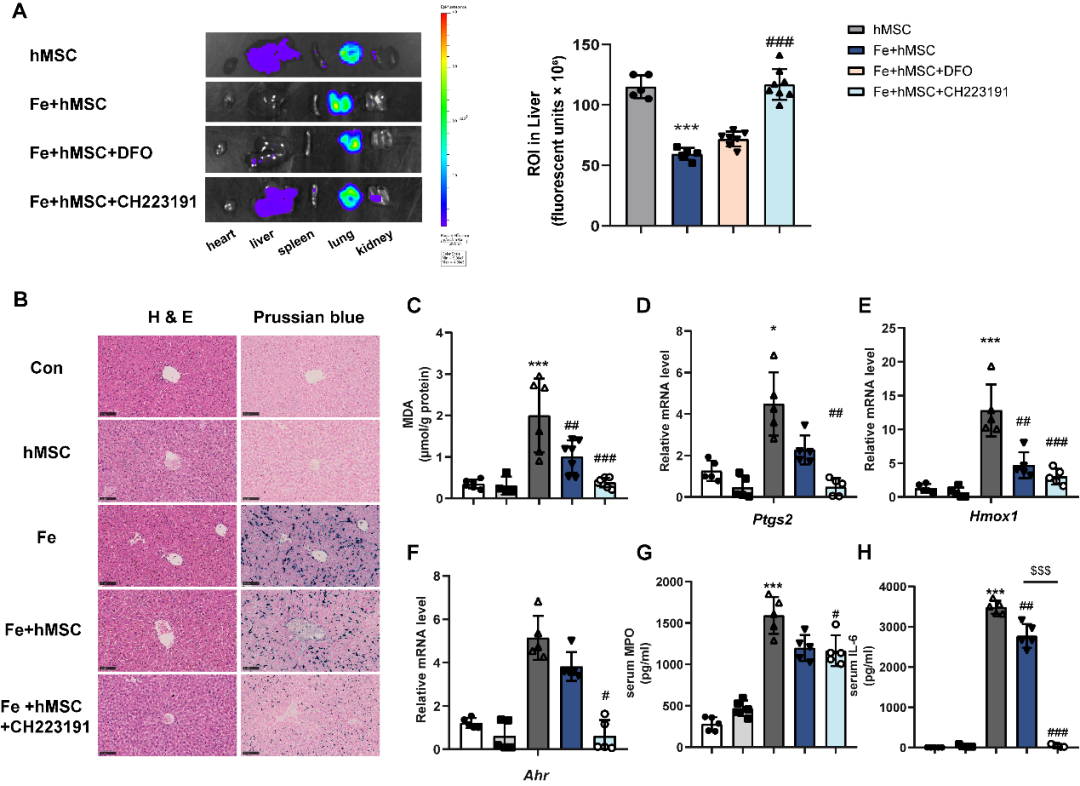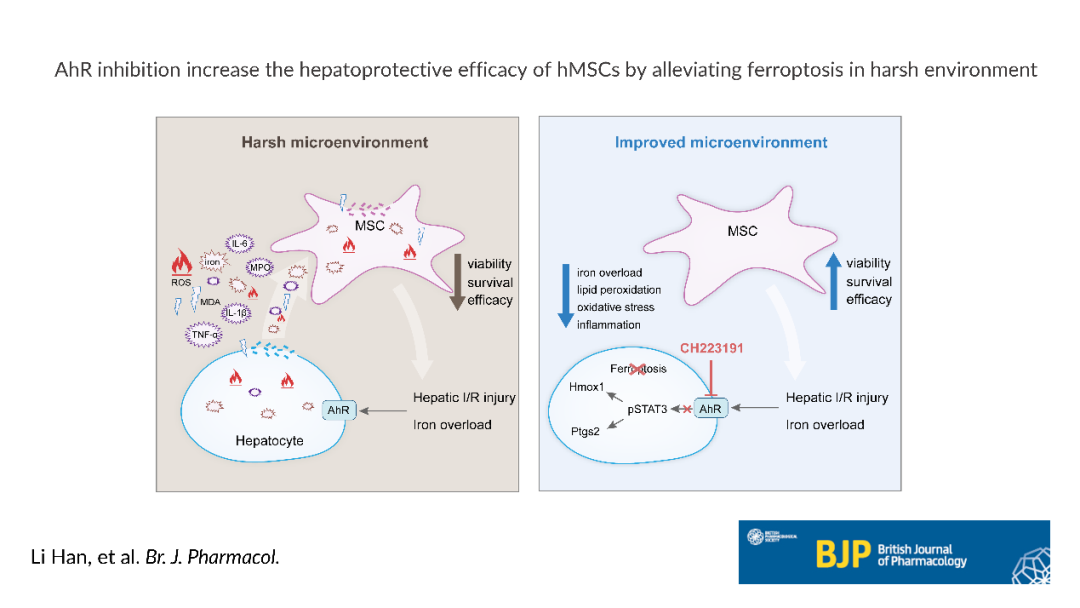
Source: CSCT
In recent years, mesenchymal stem cell (MSC) research continues to heat up. Related research has been widely tried in the field of treatment of various diseases, and it is one of the cell drugs with the most clinical research. However, there are some problems in the clinical treatment of MSC, such as poor efficacy and large individual differences, which seriously restrict its transformation and application. Existing studies often attribute this to the complexity of the MSC production process and the need to optimize the clinical design. It is worth noting that as a "living" drug, the efficacy of cellular drugs is closely related to the body's disposal of the drug itself. In other words, the pharmacokinetic behavior of cellular drugs may be closely related to their efficacy. Therefore, studying the influence of the body's internal environment on the cytopharmacokinetics (fate of cells in vivo) of MSCs from a pharmacokinetic perspective can provide new strategies to improve the efficacy and clinical application of MSCS.
Pan Guoyu's research group at Shanghai Institute of Materia Medica, Chinese Academy of Sciences, has long been committed to cell therapy, cell dynamics and mechanism of action. Previous work found that liver injury would significantly alter the pharmacokinetic characteristics of MSC (J Pharmacol Exp Ther.2021), and that the Drug efficacy of MSC would also be significantly different under different disease conditions (Drug Metab Dispos. 2022).
On that basis, on August 4, 2023, Pan Guoyu's research group published a paper entitled "AhR-STAT3-Hmox1/Ptgs2 signaling pathway may restrict ferroptosis and improve" in the British Journal of Pharmacology The research paper "hMSC accumulation and efficacy in mice liver" describes the new findings that the AHR-iron death axis affects the exposure of MSC and improves the therapeutic effect.
Ferroptosis is an iron-dependent regulatory cell death caused by excess lipid peroxidation. In this study, the researchers first demonstrated that iron death significantly reduces the cell viability of MSC and leads to cell senescence. This effect can be significantly reversed in vitro by the iron-chelating agent deferriamine (DFO). In a mouse liver iron death model induced by iron dextran, the exposure of MSC cells in the liver was reduced by nearly 50%, which confirmed the relationship between iron death and liver MSC exposure. However, in animal models of iron overload, direct removal of free iron by the iron chelating agent DFO has a limited effect on the efficacy of MSC.

Figure 1. AhR inhibitors regulate iron death and significantly increase hepatic exposure to MSC
Further studies found that AhR inhibitors restored MSC exposure to near-normal levels and reduced liver iron deposition, lipid peroxidation and other indicators of iron death. In addition, the researchers verified these conclusions using a mouse liver ischemia-reperfusion model, a clinical model of liver injury associated with iron death. The results show that in this disease model, MSC exposure is significantly reduced, and mouse serum can directly induce iron death and dysfunction of MSC cells, which can be significantly improved by AhR inhibitors. It is worth noting that the combination of AhR inhibitors and MSC can have a synergistic effect to significantly improve liver ischemia-reperfusia-related liver injury, inflammatory infiltration and other pathological changes. Further, transcriptomic verification showed that AhR may inhibit the adverse effects of iron death on MSC by regulating the Stat3-Hmox1/Ptgs2 signaling pathway.

Figure 2. Model of mechanism of action of AHR-iron death axis to improve MSC cell therapy
Taken together, this study is the first to demonstrate that iron death in liver injury is an important factor limiting the amount of MSC cell exposure. AhR in the liver can reduce iron death through the STAT3-Hmox1/Ptgs2 pathway, improve the liver microenvironment, and effectively increase the exposure to MSC and the therapeutic effect, and the dose of AhR inhibitor (CH223191) is only one-tenth of that of iron chelating agent (DFO). This study provides a valuable theoretical reference for promoting the clinical application and transformation of MSC.